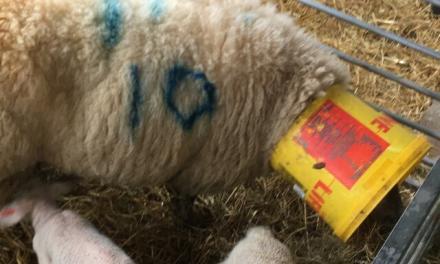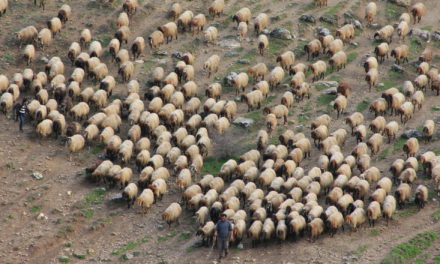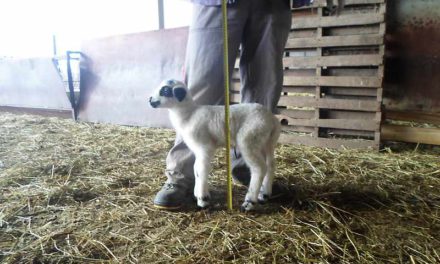This post is also available in:
![]()
![]()
![]()
1) Before the lambing period:
- plan the mating season and estimate the lambing date through ultrasound scanning, visual identification of the mounts through the use of crayons, use vasectomized rams and bring the ewe to the box of the single ram;
- avoid planning farming operations (soil ploughing and sowings, …) in the period when most of the ewes are lambing;
- make groups of ewes based on the estimated lambing date to avoid the management of an excessive number of lambings in the same group and period;
- manage the group of ewes close to lambing always near the shed;
- arrange individual boxes or small pens to shelter the ewes close to lambing taking care of the cleanliness and safety of the animals;
- constantly monitor the ewes close to lambing, also during the night, to ensure the presence of the farmer in case of the critical condition during lambing.
2) During the lambing period:
- avoid disturbance by the staff or other ewes to the group of lambing ewes by isolating them in small pens or single boxes or removing invasive ewes;
- constriction of the mother and lamb in a single box in the case of rejection of the lamb. The structure must allow the mother to smell the lamb but must not allow her to hit him;
- apply alphanumeric identification tags on the lamb’s neck;
- use colored crayons to identify lambs and their mothers with special signs (visual signaling);
- use a “lambings booklet” to note: date of lambing, identification number tag and corresponding mother’s identification number;
- use collars of different colors to identify the most valuable lambs.






